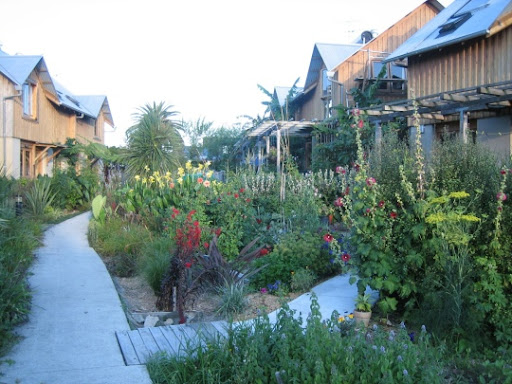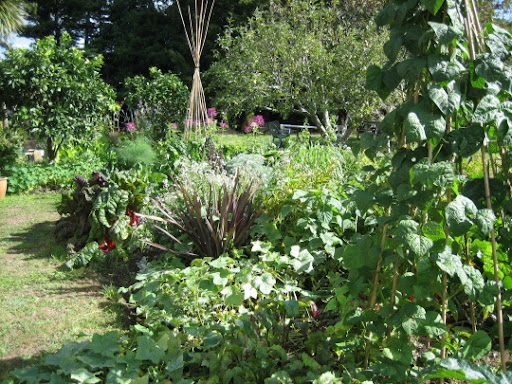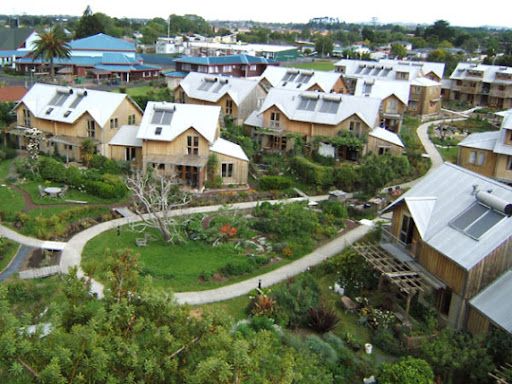Did you know....that there is a floating island of garbage in the middle of the Pacific Ocean TWICE the size of Texas??
“Researchers believe this enormous trash zone accumulated over many years from trash being dumped off boats and ocean-going ships, and from trash accumulated on beaches, where it eventually washed in the Pacific Ocean and into the huge zone.” - CNN.com
The accumulation of rubbish stretching from California, Pacific Islands to Eastern Asia is brought to this isolated ocean patch in the Pacific through the wave currents. 80% percent of the trash originates on land from all areas of the world! So what are the facts?
- 90% of all trash floating in the world's oceans is plastic
- About 10% of more than 200 billion pounds of plastic the world produces each day ends up in ocean
- In fact every square mile of ocean contains 46,000 pieces of floating plastic
The main problem with plastic - it does NOT biodegrade! which means that no natural process can break it down! [watch the video "Story of the bottled water" on my previous post to see how we are currently consuming and producing more plastic bottles every day].
- Albatrosses - constantly mistaken all kind of plastic as food. Resulting in 200 out of the 500,000 chicks died every year by consuming plastic given by their parents
- Large chunks of plastic found inside hundreds and thousands of dead birds!
- Small fish in the ocean (like the dead Nemo seen in the video below) are eating these plastics - which raises the question - Are we also eating these little plastics inside the fish that we consume?
- In total, more than a million birds and marine mammals die each year by consuming or becoming caught in plastic and other debris in the ocean that we all produced.
Changing our behaviour and lifestyle is our only hope.
- Paying attention to how much packaging involved in your purchase and don't forget to recycle!
- Support companies that support environmental protection and decisions to be green
- Lobbying large companies to find alternatives to plastic to a more environmentally-safe, reusable packaging
- Educate others about the importance of recycling plastic and be more conscious in what you are dumping.
- Provide incentives to companies that are more environmentally-friendly
- Educate the public through green campaigns and eco-events [like in my "University of Auckland Eco-Fest 2011" previous blog post]
- Hold community volunteer days such as beach clean-up days
- Ensure effective recycling programs available to all cities and towns
These are just a few small, simple things that we could do. Planners and politicians hold a relatively high power in decision-making processes affecting our regions - therefore it is our responsibility to ensure that environment protection and sustainability are on top of our list!
"The food we eat, the air we breathe and the water we drink is all impacted by the environment and what we dump in it."







